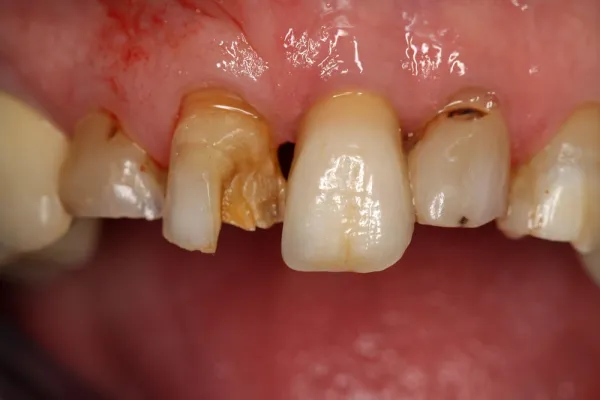Switch to G50.0 For Trigeminal Neuralgia Reporting in ICD-10

Hint: Use different ICD-10 code for herpetic trigeminal neuralgia.
When your clinician arrives at a diagnosis of trigeminal neuralgia, your reporting of the condition in ICD-10 will be very similar to the way you reported using ICD-9 codes. Even the inclusions and exclusion lists are strikingly similar so you will not have to deviate much from the way you reported the condition in ICD-9.
ICD-9: When your clinician diagnoses a patient with trigeminal neuralgia, you report the condition with the ICD-9 code, 350.1 (Trigeminal neuralgia). You report the same ICD-9 code when your clinician mentions the diagnosis as tic douloureux; trifacial neuralgia or trigeminal neuralgia NOS. You also have to use 350.1 for a diagnosis of a disorder of the 5th cranial nerve.
However, you cannot report 350.1 if your clinician’s diagnosis is postherpetic neuralgia. You report this diagnosis with the ICD-9 code, 053.12 (Postherpetic trigeminal neuralgia). You also cannot use 350.1 if your clinician mentions the diagnosis as neuralgia NOS or neuritis NOS. You report all these diagnoses with the ICD-9 code, 729.2 (Neuralgia neuritis and radiculitis unspecified) instead.
ICD-10: When you switch to using ICD-10 codes post Oct.1, 2015, you will have to report a diagnosis of trigeminal neuralgia with G50.0 (Trigeminal neuralgia) in lieu of 350.1. As in ICD-9, you use G50.0 if your clinician diagnoses a patient with tic douloureux or syndrome of paroxysmal facial pain.
As with ICD-9, you cannot use G50.0 if the patient is suffering from postherpetic neuralgia. In such a case, you will have to use B02.22 (Postherpetic trigeminal neuralgia) instead of G50.0. Also, similar to ICD-9, the exclusions to G50.0 also includes diagnoses such as neuralgia NOS or neuritis NOS. You report a diagnosis of neuralgia NOS or neuritis NOS with M79.2 (Neuralgia and neuritis, unspecified).
Look at These Basics Briefly
Documentation spotlight: A few of the common findings that your surgeon will record when he arrives at a diagnosis of trigeminal neuralgia will include severe, paroxysmal and lancinating facial pain usually on one side of the face. The pain is triggered by certain triggers like eating, chewing, smiling, talking, shaving, drinking, brushing, touching the face or even with cold air. The pain is severe and the patient usually describes it something akin to an electric shock. It usually peaks up in seconds and then fades away by itself but remains as a burning sensation for a few minutes. These cycles could occur anywhere between once a day to several hundred times a day.
Usually, the patient will avoid triggers that elicit the pain symptoms and may develop the habit of speaking with their hands held to the face to avoid the attack of pain. In most cases of trigeminal neuralgia, the patients will not experience a pain attack during sleep. Your clinician will use this as one of the factors in differentiating pain due to trigeminal neuralgia and other causes of pain such as pain due to a tooth related issue.
Upon examination, your clinician will note that the patient mentions the pain as running between the corner of the mouth to the jaw angle or from the area of the upper canine to the eye or the eyebrow area. If the patient experiences a pain trigger from an activity such as shaving, your clinician will note that the patient will avoid shaving and thus have an unkempt appearance.
Your clinician will note that other neurological examinations are normal and there is no loss of sensation in the affected area. Also, your clinician will note that there are no signs of any facial weakness or problems with swallowing.
Tests: Your clinician will not order for any special lab investigations, other electrophysiological studies or radiological evidence to confirm a diagnosis of trigeminal neuralgia. Instead, your surgeon will rely on the history, signs and symptoms, findings on physical examination and a normal neurological picture to arrive at the diagnosis of trigeminal neuralgia.
If your clinician suspects that the neuralgia has occurred secondary to another condition, then your surgeon might order for appropriate blood work or radiological studies such as an MRI or a CT scan. This will help your clinician differentiate whether or not the neuralgia is idiopathic or has occurred secondary to another condition.
Based on history, signs and symptoms, and observations from physical examination, your clinician will arrive at a diagnosis of trigeminal neuralgia.




